Somerset grower reaches direct-drilling 25-year milestone
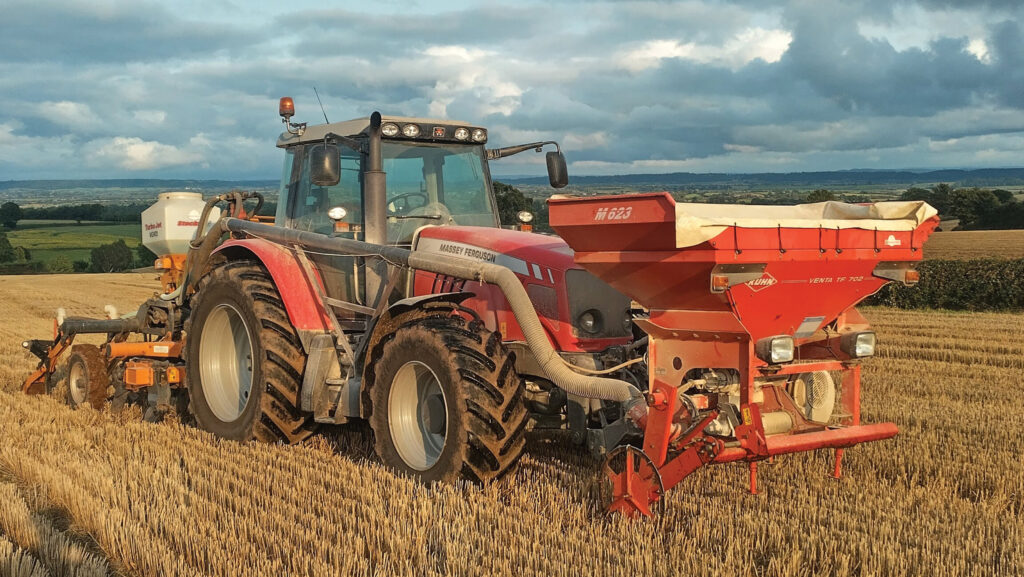 © Ruth Wills
© Ruth Wills Early adopters of zero tillage, the Quick family have been regen farming for the past two-and-a-half decades, having refined their system by adding cover crops, widening the rotation and slashing crop inputs.
On the predominantly arable operation, the Quicks have always been keen on pushing the boundaries at Thurloxton Farm, covering 161ha in the foothills of the Quantocks, Somerset.
So in 1998, Andrew Quick went cold turkey on the plough and started direct-drilling.
See also: Cambs grower plans for bigger milling wheat area
Farm facts: Thurloxton Farm, Somerset
- 161ha total, 140ha in arable
- 35ha of oilseed rape
- 35ha of peas
- 70ha of wheat
- 3ha sunflowers
- 10ha pick-your-own soft fruits
- 1ha direct-drilled pumpkins
- Sandy clay loam soil
“At the time, it was mainly a cost-cutting measure,” explains his son, Charlie.
“He was known as the ‘low input guy’ in the area for a while. The crops were still treated conventionally, despite being direct-drilled – so there was a lot of bare stubble and high chemical usage.
“He was getting okay yields, but nothing special.”
Back then, Andrew was something of a trailblazer when it came to direct drilling.
“He was possibly one of the first in the country at that time; it was sort of the second wave of direct drilling, as it was quite big in the 1970s, then it fell out of fashion for years.”
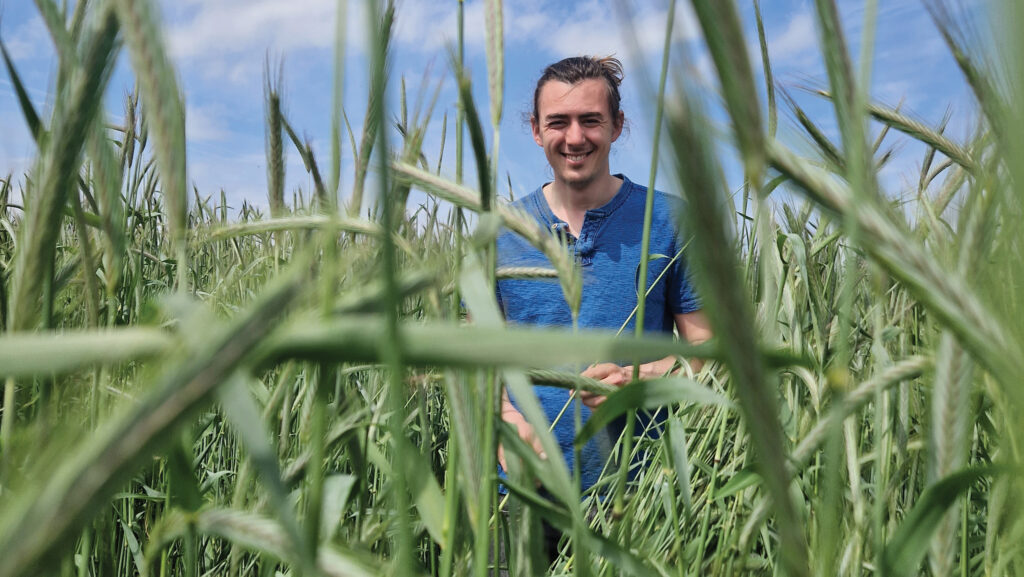
Charlie Quick © Ruth Willis
Compaction and cover crops
In 2016, the family decided to subsoil the ground to alleviate compaction.
“This seemed to help a lot, as the ground had become very tight, so we now establish our oilseed rape with a subsoiler every four years,” says Charlie. “The ground was definitely tight after 15 years of no-till.”
This coincided with the introduction of cover crops.
“In my opinion, the benefit of a cover crop is to capture the sunlight that would be otherwise wasted – for example, after harvesting oilseed rape and before putting in wheat; from August to October, those are some of the best growing months.
“So by putting in a cover crop, we’re converting the sunlight into sugar, and pumping the sugar into the soil, which is feeding the microbial community – meaning increased organic matter and, hopefully, increased moisture retention,” he adds.
“My staple cover crops are buckwheat, phacelia and sunflowers – the soils seem to be in much better health than they ever have been.
“We also see increased weed control. If there is a tall cover crop, when you lay that down, you have a mulch that your new crop is growing through, and that will help to suppress any weed germination.”
The Quicks have also moved away from a traditional wheat and oilseed rape rotation, with the addition of either spring peas or spring linseed.
“From next year, we’re moving to a six-year wheat, oilseed rape, wheat, peas, wheat, maize rotation – all direct-drilled.
“This is because I want to move the subsoiling to one year in six, which I will do with the maize, and we’re also noticing a little bit of clubroot.
“I think with the peas, one year in four is a bit close for them – so if we can just stretch everything to one year in six, it should stave off any potential issues with the peas – like pea wilt and root rot.”
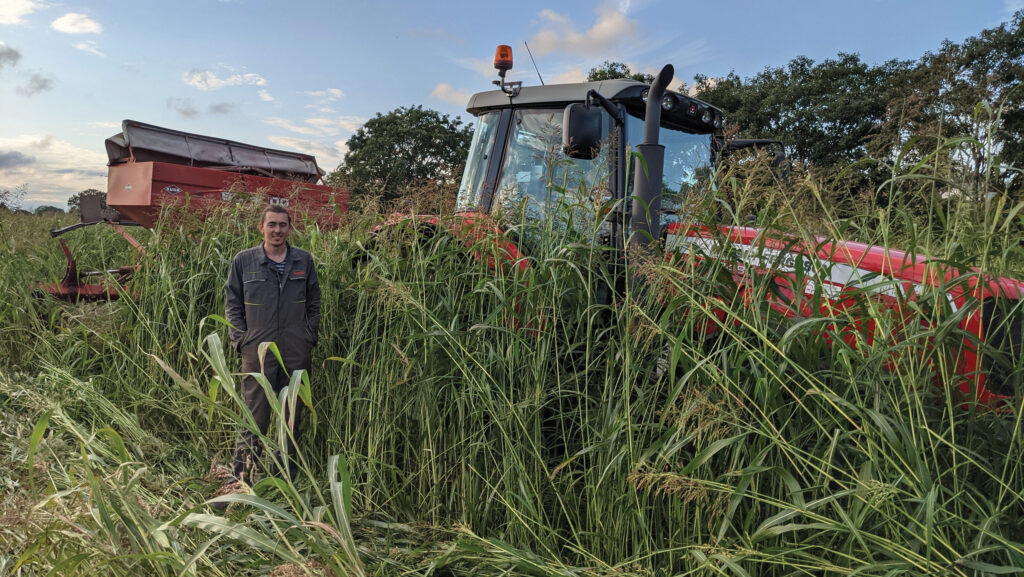
Charlie Quick © Ruth Wills
Arable farmer turned inventor
Charlie Quick has developed his own tractor GPS system with the aim of creating something affordable for farmers – no matter the hectarage.
“As a small farm, we had trouble affording an auto-steer system, so I built my own,” he says.
“I realised when I made the system that it could apply to a lot of my neighbours, so I started a small business making GPS systems – CSEQ Technologies.
“It competes with the top-of-the-line systems, which are worth £15,000, but mine costs less than £3,000.”
Reducing inputs
Although the Quicks have direct-drilled for years, their inputs have remained more traditional – until recently.
“I am moving in a more regenerative direction, so I’m trying to cut down on my nitrogen use as much as I can,” says Charlie.
“We cut out insecticides in 2016; we didn’t use that much anyway – so I felt I would rather take the risk than damage the soil any more.
“I haven’t noticed any crop failures due to insect issues – we have a functioning soil food web in which there are predators, parasites and pathogens.
“I cannot find any disease caused by aphids or flea beetle; it doesn’t really happen on our farm – you find the odd bit, but certainly below an economic level.
“And forget worm counts – when I dig up the soil I’m doing a centipede count.”
Charlie also tries to minimise the use of fungicides.
“I treat oilseed rape as my fungicide break. The oilseed rape receives no fungicides whatsoever, and I think it’s nice for the soil to have a year off, to let the fungal communities in the soil recover.”
When it comes to reducing nitrogen use, the Quicks are weaning themselves off slowly.
“With wheat, we would normally apply 220kg/ha of nitrogen; we’re down to 180kg at the moment and I would like to get to 120-140kg in the future,” explains Charlie.
He has tied this into the Sustainable Farming Incentive payments for winter cover crops, reduction in insecticides and companion cropping.
“I use clover for companion cropping; it sits as a mat on the soil. It should only grow to between six and eight inches, so not above the stubble. It fixes nitrogen and acts as a protective armour for the soil.”
And the combination of these approaches has meant that despite less-than-ideal conditions for the growing season so far this year, Charlie has kept up-to-date on all chemical applications.
“We’re able to travel pretty much any day of the year because our soil has so much structure.”
Soil structure
So what makes a good soil structure? “When I dig in with the spade, I’m listening for a tearing sound, which tells me that the roots are all tightly knotted, then I feel the soil to see if it crumbles.”
When it comes to organic matter, the pair have seen a steady increase over the past 15 years. “It seems to be about a 0.1% a year increase,” Charlie says.
So what is his advice for farmers considering a similar approach?
“In farming, there is a lot to be gleaned from your observations – your senses and your gut – science doesn’t know everything.
“You can get all the tests done, but you are going to get the same insight from those numbers as you would get just going out with a spade and smelling the soil.”
And in terms of the future, he has a big goal: “I have a 100-year vision that the farm will be bigger, and the soils will be in such a good condition that my future children can do whatever they want with it, and it will grow a reliably fantastic crop.
“I want a sustainable farming unit that I can hand down, safe in the knowledge that it will persevere.”
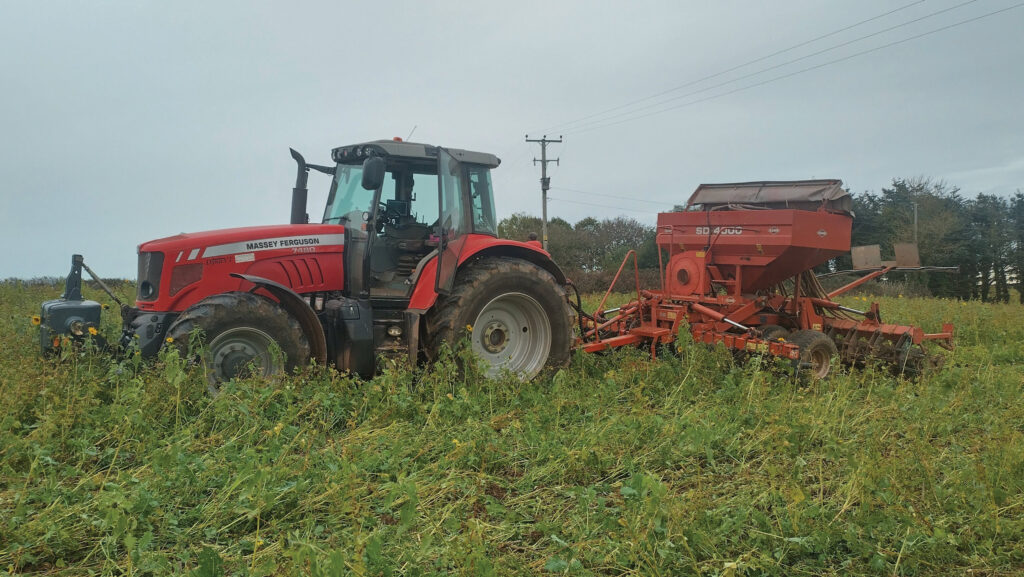
© Ruth Wills
Pick-your-own fruit
Charlie’s grandfather, Edwin Quick, started a pick-your-own business on the farm in 1972.
“We grow soft fruit – strawberries, raspberries and gooseberries as the main staples,” says Charlie.
“We open to the public for picking in June and July, then we shut for harvest before opening again for sunflowers in September.
“We then shut for drilling and reopen in October for pumpkins.”

Drilling pumpkins © Ruth Wills
The sunflowers are a more recent addition.
“I had a failed crop of linseed, so I grew some sunflowers, millet and phacelia just to keep the soil alive over the summer.
“Then in early September, just before lockdown, we opened for one weekend, and made £35,000 for charity in two days – so we kept going ever since, we expect about 10,000 visitors every year.”
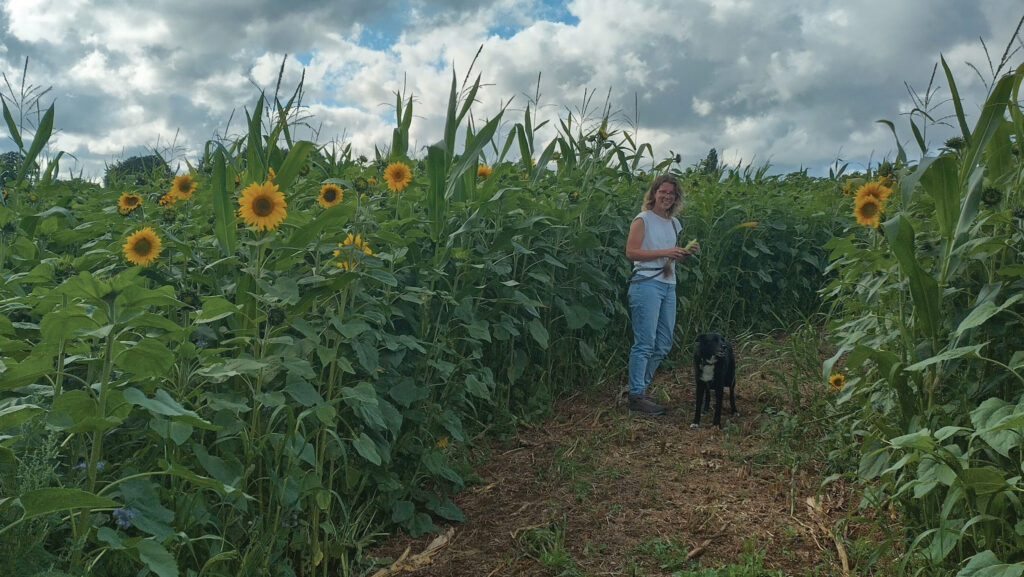
© Ruth Wills

